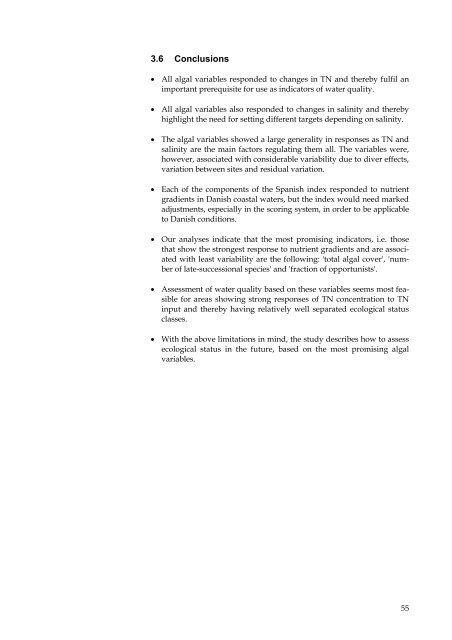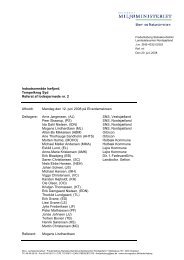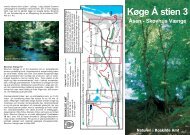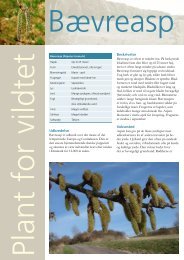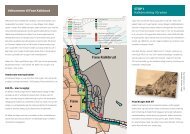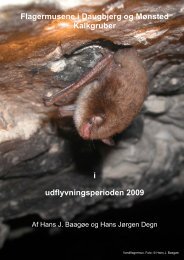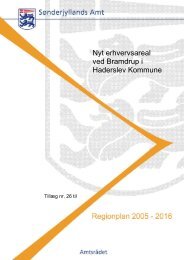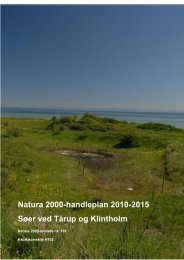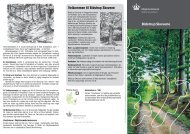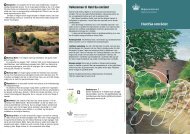Macroalgae and phytoplankton as indicators of ... - Naturstyrelsen
Macroalgae and phytoplankton as indicators of ... - Naturstyrelsen
Macroalgae and phytoplankton as indicators of ... - Naturstyrelsen
You also want an ePaper? Increase the reach of your titles
YUMPU automatically turns print PDFs into web optimized ePapers that Google loves.
3.6 Conclusions<br />
• All algal variables responded to changes in TN <strong>and</strong> thereby fulfil an<br />
important prerequisite for use <strong>as</strong> <strong>indicators</strong> <strong>of</strong> water quality.<br />
• All algal variables also responded to changes in salinity <strong>and</strong> thereby<br />
highlight the need for setting different targets depending on salinity.<br />
• The algal variables showed a large generality in responses <strong>as</strong> TN <strong>and</strong><br />
salinity are the main factors regulating them all. The variables were,<br />
however, <strong>as</strong>sociated with considerable variability due to diver effects,<br />
variation between sites <strong>and</strong> residual variation.<br />
• Each <strong>of</strong> the components <strong>of</strong> the Spanish index responded to nutrient<br />
gradients in Danish co<strong>as</strong>tal waters, but the index would need marked<br />
adjustments, especially in the scoring system, in order to be applicable<br />
to Danish conditions.<br />
• Our analyses indicate that the most promising <strong>indicators</strong>, i.e. those<br />
that show the strongest response to nutrient gradients <strong>and</strong> are <strong>as</strong>sociated<br />
with le<strong>as</strong>t variability are the following: 'total algal cover', 'number<br />
<strong>of</strong> late-successional species' <strong>and</strong> 'fraction <strong>of</strong> opportunists'.<br />
• Assessment <strong>of</strong> water quality b<strong>as</strong>ed on these variables seems most fe<strong>as</strong>ible<br />
for are<strong>as</strong> showing strong responses <strong>of</strong> TN concentration to TN<br />
input <strong>and</strong> thereby having relatively well separated ecological status<br />
cl<strong>as</strong>ses.<br />
• With the above limitations in mind, the study describes how to <strong>as</strong>sess<br />
ecological status in the future, b<strong>as</strong>ed on the most promising algal<br />
variables.<br />
55


